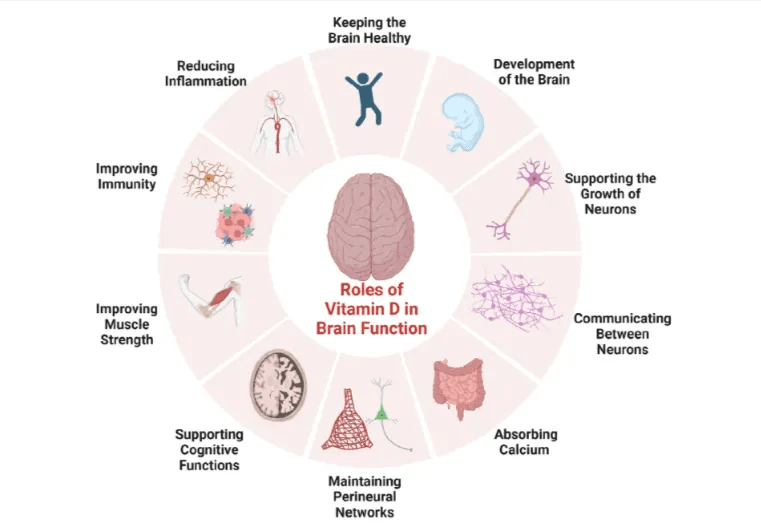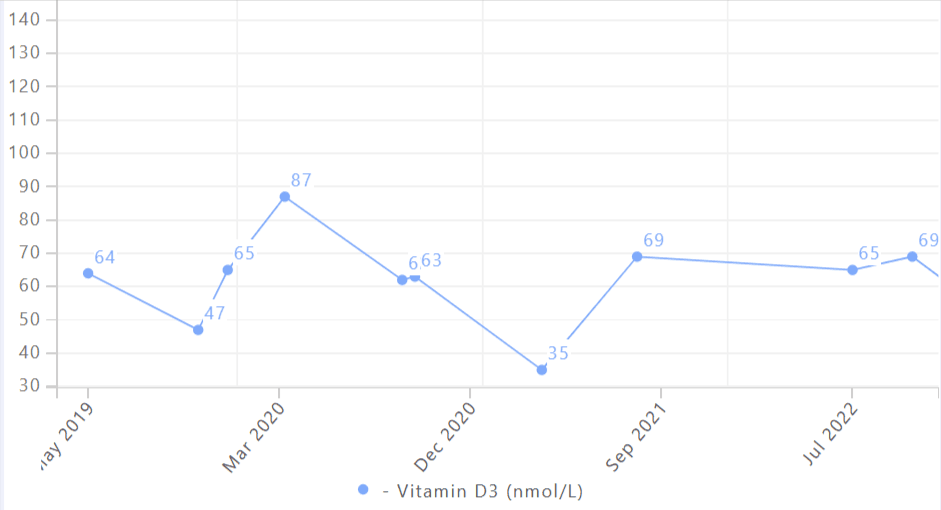Longevity training isn’t just about building strength or improving cardio—it’s about creating a well-rounded foundation of mobility, stability, and coordination that supports an active and vibrant life as you age. Yet, most longevity training routines miss these critical elements, focusing narrowly on strength and endurance while overlooking what keeps you agile, balanced, and mentally sharp over time.
Get Weekly Insights to Personalize Your Own Longevity Roadmap
At The Longevity Vault, we’re passionate about redefining how people approach longevity training and longevity as a whole. Our goal is to bridge these gaps with actionable strategies and exercises that fit into your life situation. In this article, we’ll uncover the best longevity exercises, spotlighting what 97% of plans get wrong, and how you can start upgrading your longevity training routine today.
From balance drills that enhance coordination to longevity exercises that support both cognitive and physical longevity, you’ll walk away with the knowledge and tools to take your fitness—and your life—to the next level.
Quick Overview: The Best Longevity Training Routines and What Most Miss
Here’s how to create the best workout routine for longevity:
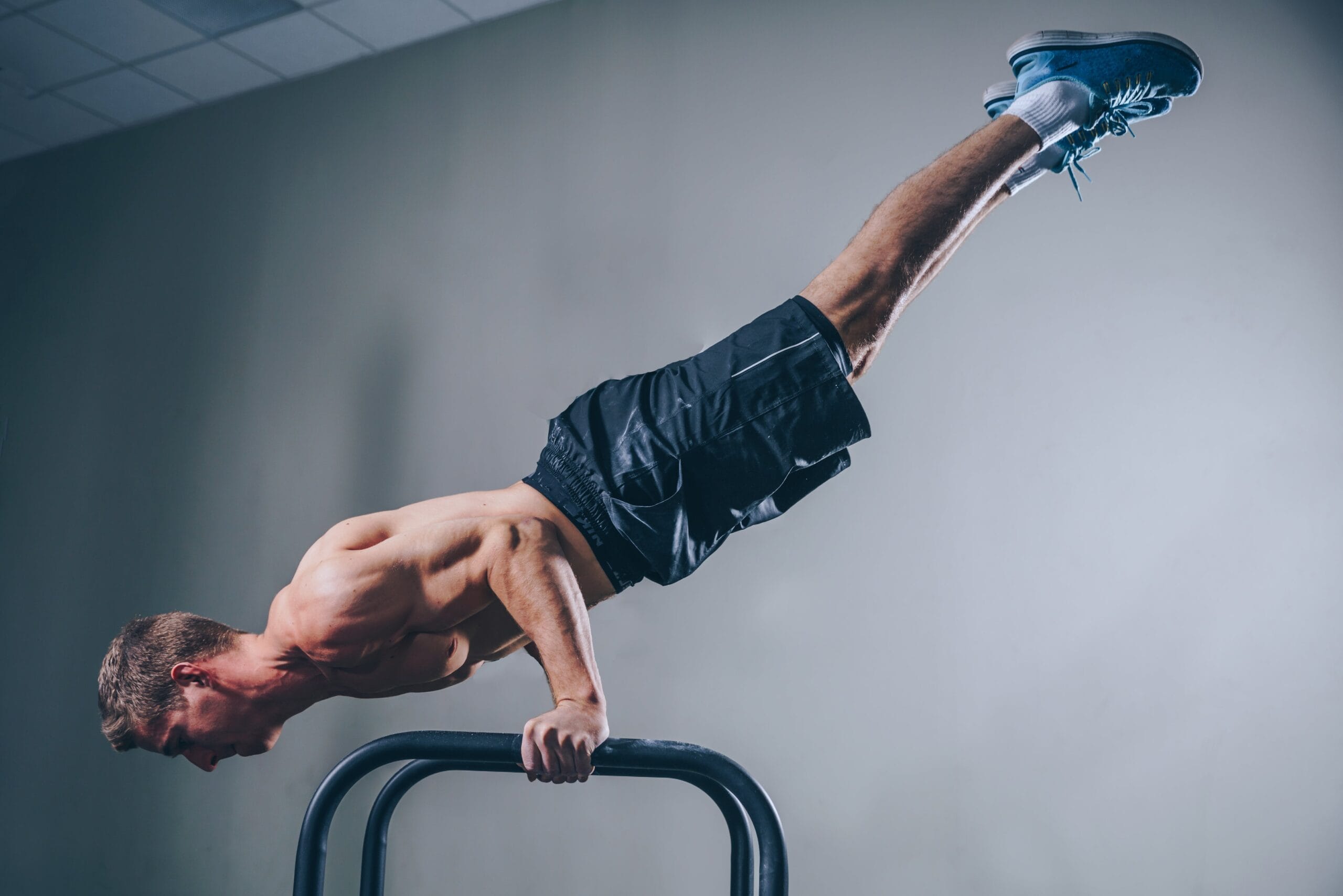
- What’s Missing: Most longevity routines focus on strength and cardio but ignore balance and coordination—critical for lifelong mobility, stability, and cognitive health.
- Why Balance and Coordination Matter:
- Prevent age-related declines in stability and reaction time.
- Stimulate brain health, enhancing focus, memory, and motor skills.
- Best Longevity Exercises for Balance and Coordination:
- Single-Leg Stands: Builds core strength and balance.
- Bosu Ball Squats: Improves stability and proprioception.
- Agility Drills: Boosts coordination, reaction time, and athletic performance.
- Yoga Poses (e.g., Warrior III): Enhances flexibility, strength, and control.
- Best Longevity Workout Routine:
- Cardio (2–3 times per week): Brisk walking, jogging, cycling, or swimming for 20–30 minutes.
- Strength Training (2 times per week): Squats, deadlifts, push-ups, and rows (2–3 sets of 8–12 reps).
- Balance and Coordination (2 times per week): Single-leg stands (30–60 seconds per leg) and yoga poses like Warrior III.
- Flexibility and Recovery (Daily): Stretching or yoga for 5–10 minutes.
- When to Start: Ideally, start in your 30s or 40s to stay ahead of declines, but it’s never too late to begin.
- How to Train: Start with 1–2 sessions per week, adding exercises like single-leg stands. Gradually combine with strength and cardio for a complete routine.
No matter where you’re starting from, these small steps will compound into big, noticeable results.
Here’s Why They Matter—and What You’ll Learn:
Table of Contents
Longevity Training: Why Coordination and Balance Are the Missing Pieces
When it comes to longevity training, most routines focus heavily on strength and cardio. While these pillars are essential, they leave a critical gap—one that could undermine your fitness goals and overall quality of life as you age.
What’s missing?
Coordination and balance training.
This isn’t just for seniors or professional athletes. Starting in your 30s, your body begins to experience natural declines in muscle mass, balance, and coordination if these areas aren’t actively trained. Incorporating the best exercises for longevity into your routine ensures that you stay mobile, strong, and sharp as you age.
As someone who has worked closely with individuals striving to optimize their fitness and longevity, I often tell them: if you wait until you notice a decline, you’re already playing catch-up.
Longevity exercises—including functional strength, balance, and coordination—are critical well before your 40s.
They’re the foundation for aging well and staying at the top of your game.
Why Longevity Exercises Matter for Aging Well
Longevity is about more than adding years to your life—it’s about improving the quality of those years. Incorporating the best workout routines for longevity can transform not just how you move but how you live. Imagine climbing stairs effortlessly at 70, playing with grandchildren without fear of falling, or staying mentally sharp well into later decades. Coordination and balance training make these goals a reality.
The Overlooked Link Between Coordination, Brain Health, and Longevity
What makes coordination and balance so essential to longevity training?
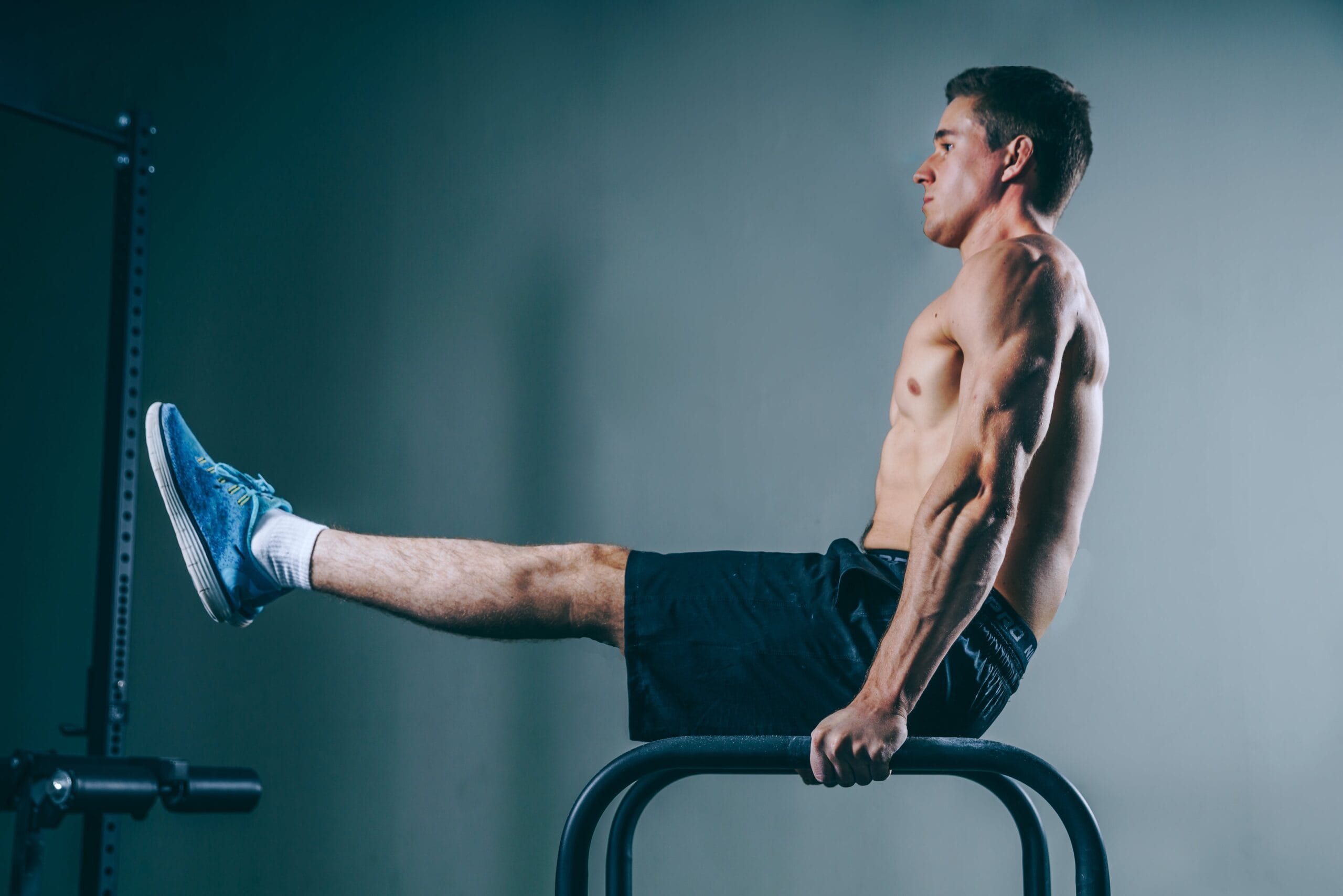
They bridge the gap between physical longevity and cognitive longevity, enhancing not just how you move but how you think. These longevity exercises challenge your body to stabilize, adapt, and react, all while activating neural pathways that improve brain health. Start with simple movements, like single-leg stands, and gradually progress to dynamic challenges like Bosu ball exercises or agility drills. The benefits compound over time, leading to greater mobility, sharper cognitive function, and a stronger foundation for long-term longevity.
A Call to Action: Start Your Longevity Training Today
If your current fitness routine doesn’t include coordination and balance exercises, you’re not just missing out—you’re limiting your potential for physical and cognitive longevity. This article will explore why these longevity exercises are essential for thriving as you age and how to seamlessly integrate them into your routine. By the end, you’ll understand why neglecting coordination and balance training could be the single biggest mistake in your longevity training journey.
By the way if you want to go deeper into how poor sleep fragments these same neural pathways and physically shrinks the brain over time—this breakdown on sleep and brain atrophy shows how REM loss and sleep fragmentation lead to measurable structural changes in the brain—even in high-functioning adults with no diagnosed impairment.
Why Your Longevity Training Misses the Mark
Most longevity exercise routines aim to keep us active and independent as we age. They emphasize building strength to combat muscle loss and incorporating cardio to support heart health and endurance. These are critical components, but they don’t tell the whole story.
Get Weekly Insights to Personalize Your Own Longevity Roadmap
What’s Missing? Coordination and balance training often take a back seat in longevity training discussions, seen as optional or only for seniors.
This oversight has serious consequences: If you neglect balance and coordination in your 30s and 40s, you risk faster declines in mobility, stability, and even cognitive function as you age.
The Science of Longevity Training To truly support longevity, your routine needs to address:
- Functional Movement: Exercises that mimic real-life activities, like stabilizing on uneven surfaces or reacting quickly to avoid falls.
- Cognitive Engagement: Movements that challenge coordination also activate neural pathways, enhancing brain longevity and reducing age-related decline.
The Problem with Overlooking Balance in Longevity Training Balance isn’t just about standing on one leg—it’s about control, stability, and adaptability. Without a longevity training routine that encourages regular practice, balance deteriorates as early as your 30s.
For instance:
- You might struggle with everyday tasks, like carrying groceries on uneven ground.
- Sports performance suffers when agility and precision decline.
By rethinking longevity training to include coordination and balance exercises, some of the most overlooked longevity exercises, you’re not just building strength or improving cardio—you’re preparing your body and mind to thrive in every decade of life.
The Science Behind Balance and Coordination in Longevity Exercises and Aging
Behind every smooth movement and quick reaction lies a complex interaction between your brain, muscles, and nervous system.
Coordination and balance exercises are some of the best longevity exercises which tap into this system, and offer benefits that extend far beyond physical fitness—they also enhance cognitive and neurological health, which is essential for longevity.
How Longevity Exercises Enhance Neuroplasticity and Proprioception
Longevity training that includes coordination and balance exercises stimulates neuroplasticity, the brain’s ability to adapt and reorganize itself. Activities like balance board training or agility drills engage multiple brain regions. These are some of the best exercises for longevity for creating stronger neural connections.
This supports:
- Motor control: Precise movement and stability.
- Reaction times: Quicker responses to unexpected situations.
- Spatial awareness: Improved ability to navigate your environment confidently.
At the same time, these exercises enhance proprioception, your body’s awareness of its position in space. This skill is critical for maintaining stability, especially as we age.
Preventing Decline: Longevity Training for Balance and Stability
Starting in your 30s, the systems responsible for coordination and balance—muscle strength, vestibular function (inner ear balance), and joint stability—begin to decline.
This can lead to:
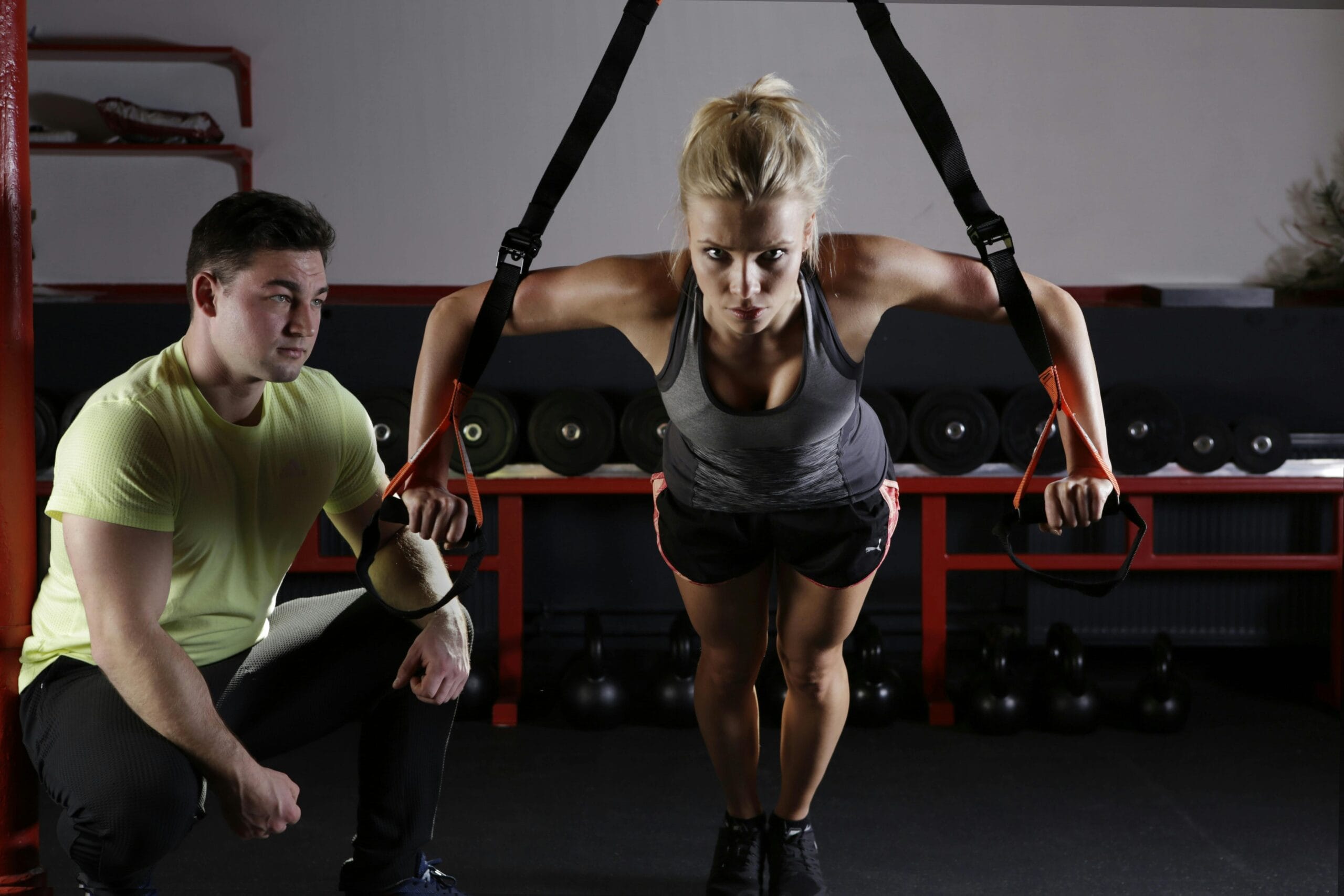
- Difficulty performing everyday tasks, like walking on uneven ground.
- Increased risk of falls, which are a leading cause of injuries as we age.
- Cognitive decline, as the brain loses stimulation from underused neural pathways.
By training these systems in your longevity exercise routine early and consistently, you can slow or even reverse these effects, maintaining physical independence and mental sharpness.
Why The Best Workout Routine for Longevity includes Balance and Coordination Exercises
Unlike traditional strength or cardio exercises, coordination and balance training engage your body and brain simultaneously. This dual benefit:
- Reduces the risk of injuries, such as falls or joint strain.
- Improves focus and memory by challenging cognitive and motor skills together.
- Keeps you agile and confident, whether you’re in your 30s or 70s.
The science is clear: incorporating coordination and balance into your routine isn’t just about staying steady—it’s about supporting brain longevity, preventing aging-related decline, and thriving at every stage of life.
By the Way, Do you feel like you’re doing all the right things for longevity but not seeing real results?
Go beyond the basics with longevity tactics you can implement in less than 10 minutes a day. Start making progress you can see and feel with our free 9-day Longevity Essentials email course.
Key Benefits of Longevity Exercises: Why Balance and Coordination Matter at Every Age
Coordination and balance training isn’t just about staying steady—it’s a cornerstone of the best workout routine for longevity to achieve physical, cognitive, and functional longevity at any age. From your 30s to your 70s and beyond, these exercises can profoundly impact your ability to move, think, and thrive.
1. Reduced Fall Risk: Why Longevity Exercises Should Start Early
Falls are a significant concern as we age, but balance training is not just for seniors. Starting balance training in your longevity exercise routine in your 30s and 40s helps build the foundation for long-term stability. Improved proprioception (body awareness) and joint stability make everyday movements, like walking on uneven ground, safer and easier.
Key benefits include:
- Fewer slips and trips, even in challenging environments (hilly trails, or snowy terrain).
- Enhanced joint health to prevent injuries like sprains and strains.
If you invest in balance and coordination early, you’re protecting yourself from mobility setbacks that often arise in later decades.
2. Cognitive Longevity: How Longevity Exercises Train Your Brain
Coordination and balance exercises are a natural way to boost cognitive longevity. These movements are essential for longevity training, as they stimulate neuroplasticity, the brain’s ability to form and reorganize connections, which becomes increasingly important as we age.
This training enhances:
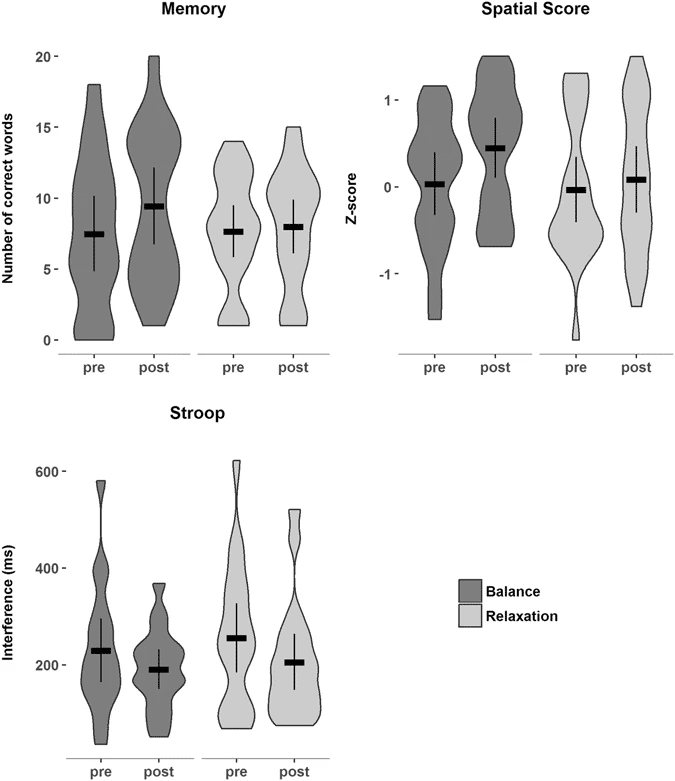
- Reaction times: Quick, agile responses in daily situations.
- Focus and memory: Engaging the brain during movement strengthens cognitive reserves.
- Brain health: Protecting against age-related cognitive decline, such as slower processing or memory lapses.
For professionals in their 30s and 40s, this means improved productivity and mental clarity. For those over 60, it supports independence and confidence in daily life.
If you’re looking to take cognitive support a step further, I also shared the vitamin D protocol I use to protect mood, memory, and brain longevity through the winter.
→ Read: My Vitamin D Protocol – 5 Fixes I Learned in 5 Years of Testing
3. Functional Longevity: How Longevity Exercises Support Everyday Life
Functional longevity is about making life easier and more enjoyable at any age. The best workout routines for longevity include balance and coordination training that maintain (and improve) your ability to perform real-life tasks, such as:
- Navigating stairs, carrying groceries, or walking on uneven surfaces.
- Maintaining posture and stability during dynamic movements.
- Gaining confidence to stay active and independent well into your later years.
This type of training ensures you remain mobile and self-reliant, regardless of age.
4. Best Longevity Exercises for Sports and Agility
Whether you’re in your 30s chasing personal bests or in your 50s playing recreational sports, coordination and balance also enhance athletic longevity. These benefits include:
- Improved agility: Quick direction changes and precise movements.
- Injury prevention: Reducing overuse injuries common in sports.
- Better performance: Whether it’s tennis, yoga, or golf, your body moves more efficiently.
Longevity Training: A Lifelong Commitment
Longevity training doesn’t stop with strength or cardio—it evolves with your needs. In your 30s and 40s, it’s about building a solid foundation. In your 50s and beyond, it’s about maintaining mobility, brain health, and independence. No matter your age, incorporating coordination and balance exercises in your longevity training are essential for a vibrant, active life.
Common Myths About Coordination & Balance Training in Longevity Training and Exercise
Misconceptions about coordination and balance training often prevent people from reaping its benefits. These exercises are essential for anyone looking to maintain functional fitness, enhance cognitive longevity, and improve overall mobility at any age.
Let’s debunk the most common myths and show why balance and coordination are critical for a well-rounded longevity exercise routine:
Myth 1: Coordination and Balance Training Is Only for Seniors
This is one of the biggest misconceptions about longevity training. While it’s true that balance exercises help older adults reduce fall risks, their benefits extend far beyond senior years.
Starting these exercises in your 30s or 40s can:
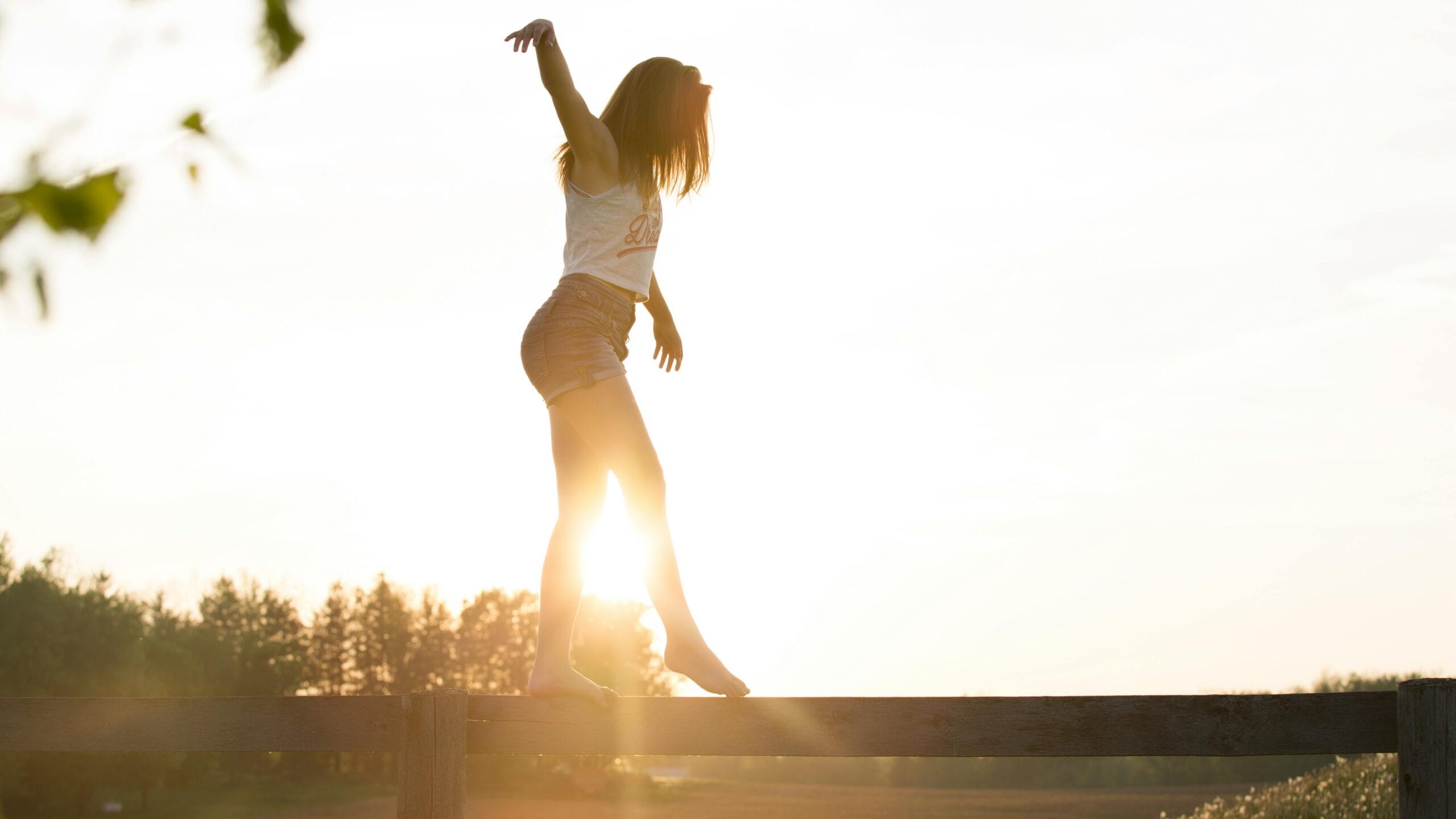
- Preserve Functional Fitness: Movements that challenge your balance improve everyday tasks, from climbing stairs to carrying groceries.
- Enhance Athletic Performance: Elite athletes rely on balance and coordination to excel. For example, a tennis player’s agility or a skier’s stability during sharp turns depends on these abilities.
- Boost Cognitive Longevity: Research shows that balance exercises stimulate neural pathways, benefiting brain health at any age.
If professional athletes rely on balance training to maintain peak performance, why wouldn’t the average person incorporate it into their longevity training routine?
Myth 2: Coordination and Balance Exercises Are Too Easy for Longevity Training
It’s easy to dismiss balance exercises as “basic,” but that couldn’t be further from the truth. Incorporating balance into your longevity exercise routine can be as challenging as you want it to be.
High-performance examples include:
- Single-Leg Deadlifts: This advanced move strengthens your core and legs while testing your stability.
- Bosu Ball Workouts: Performing squats or planks on a Bosu ball requires full-body engagement to maintain balance.
- Agility Ladder Drills: These exercises improve coordination, reaction time, and footwork, making them invaluable for sports and daily activities.
Even seasoned fitness enthusiasts find these exercises challenging. Plus, they engage stabilizer muscles that traditional strength training often overlooks, enhancing overall strength and mobility.
Myth 3: Balance Training Doesn’t Help with Longevity
Some believe that balance and coordination training don’t contribute to longevity excercise routines. In reality, they’re essential for healthy aging and long-term physical and cognitive health.
Here’s how they support longevity in men and longevity in women:
- Reduce Fall Risks: Especially for adults over 40, improving balance now prevents injuries later in life.
- Enhance Brain Health: Balance exercises stimulate neural pathways, reducing the risk of cognitive decline.
- Promote Independence: Functional fitness gains from balance training ensure you stay active and self-reliant as you age.
Myth 4: You Don’t Need Balance Training if You’re Strong
It’s a common misconception that being strong automatically means you’re stable.
While strength training builds larger muscle groups, it often neglects the smaller stabilizer muscles that play a central role in maintaining balance and preventing injuries.
Without targeted balance training, even the strongest individuals can struggle with stability, coordination, and joint health.
Get Weekly Insights to Personalize Your Own Longevity Roadmap
Why It Matters:
Stabilizer muscles support your joints and spine, ensuring your body moves efficiently and safely. If these muscles are underdeveloped, it can lead to:
- Poor form during heavy lifts, increasing injury risk.
- A lack of coordination, which limits your performance in dynamic activities like sports or everyday movements.
The Strength Connection:
Strengthening your stabilizer muscles through balance-focused exercises doesn’t just improve stability—it increases your overall strength.
For example:
- Stability Ball Planks: By forcing your core and shoulder stabilizers to engage, this exercise increases strength and reduces the risk of injury during heavy lifts.
- Yoga Poses: Positions like Warrior III not only test balance but also build functional strength in your core, back, and legs.
Even if you’re lifting heavy, adding functional longevity exercises to your routine will amplify your strength, improve coordination, and help prevent injuries. Balance and coordination training isn’t just an add-on—it’s a foundational component of the best workouts for longevity.
Curious about our approach to Longevity?
Discover how we’re helping longevity-driven leaders like you stay ahead of the curve. Learn more about us here.
How to Train for Longevity: Incorporating Balance and Coordination Into Your Longevity Exercises
Adding coordination and balance exercises to your longevity training routine is simpler than you think and essential for achieving the best workout routine for longevity
Whether you’re a beginner or a seasoned gym-goer, these tips will help you seamlessly integrate balance training into your workouts, ensuring long-term benefits for physical and cognitive health.
1. Beginner-Friendly Longevity Training Tips
If you’re new to balance training, start with simple, static exercises that build a solid foundation.
These longevity exercises are easy to perform but highly effective for improving stability:
- Single-Leg Stands: Stand on one leg for 30 seconds, then switch sides. Progress by closing your eyes or standing on a soft surface like a foam pad.
- Heel-to-Toe Walks: Walk in a straight line, placing one foot directly in front of the other. This improves coordination and strengthens stabilizer muscles and enhances functional longevity.
- Seated Balance Work: Sit on a stability ball and lift one foot off the ground to engage your core and improve posture.
These beginner exercises are perfect for anyone starting their longevity exercise routine, regardless of age or fitness level.
2. Progressive Challenges for Longevity Training
As you progress in your longevity training and become comfortable with basic movements, introduce tools and dynamic exercises to further challenge your balance and coordination:

- Bosu Balls: Perform squats, lunges, or planks on a Bosu ball to engage stabilizer muscles and improve proprioception.
- Stability Boards: Practice movements like push-ups or balance holds on a stability board to enhance core strength and reaction times.
- Agility Drills: Use an agility ladder to perform quick footwork patterns that test coordination and speed.
The best workout for longevity ultimately includes these progressive challenges. They are ideal for busy professionals or fitness enthusiasts looking to optimize their longevity training for high performance.
3. Integrated Workouts for Longevity
You don’t need separate sessions for balance training. Instead, combine it with strength and cardio exercises for a more efficient, multi-purpose routine:
- Single-Leg Deadlifts with Dumbbells: Improve stability and strengthen your hamstrings and glutes.
- Dance Workouts: Zumba or hip-hop dance combines cardio with coordination for a fun and effective longevity workout.
- Martial Arts or Yoga: Practices like kickboxing or yoga poses (e.g., Tree Pose, Warrior III) challenge balance while building strength and flexibility.
Integrated workouts ensure your longevity exercise routine covers all aspects of fitness—strength, cardio, balance, and coordination.
4. Frequency and Consistency: Keys to the Best Workout for Longevity
To see noticeable improvements from your longevity training, incorporate balance and coordination exercises regularly:
- Beginner Recommendation: Start with 10–15 minutes, 2–3 times per week.
- Intermediate to Advanced: Aim for 15–20 minutes, 3–4 times per week, or integrate balance work into your strength and cardio sessions.
Consistency is key to creating lasting improvements. Over time, you’ll notice enhanced mobility, better reaction times, better posture, and greater confidence in your movements.
By following these steps, you can make balance training a core part of your longevity-focused fitness plan. These exercises not only support healthy aging but also improve your overall strength, mobility, and cognitive health—ensuring you stay active and independent at every stage of life.
Real-Life Applications of Longevity Training: Coordination and Balance in Action
Coordination and balance training isn’t just about workouts—it’s about applying fitness to real-world scenarios that support longevity lifestyles at every stage of life. Whether you’re improving daily movements, excelling in sports, or maintaining mobility as you age, these exercises make a tangible difference.
1. Functional Longevity for All Ages
Balance and coordination exercises build the foundation for daily life, helping you move confidently and efficiently:
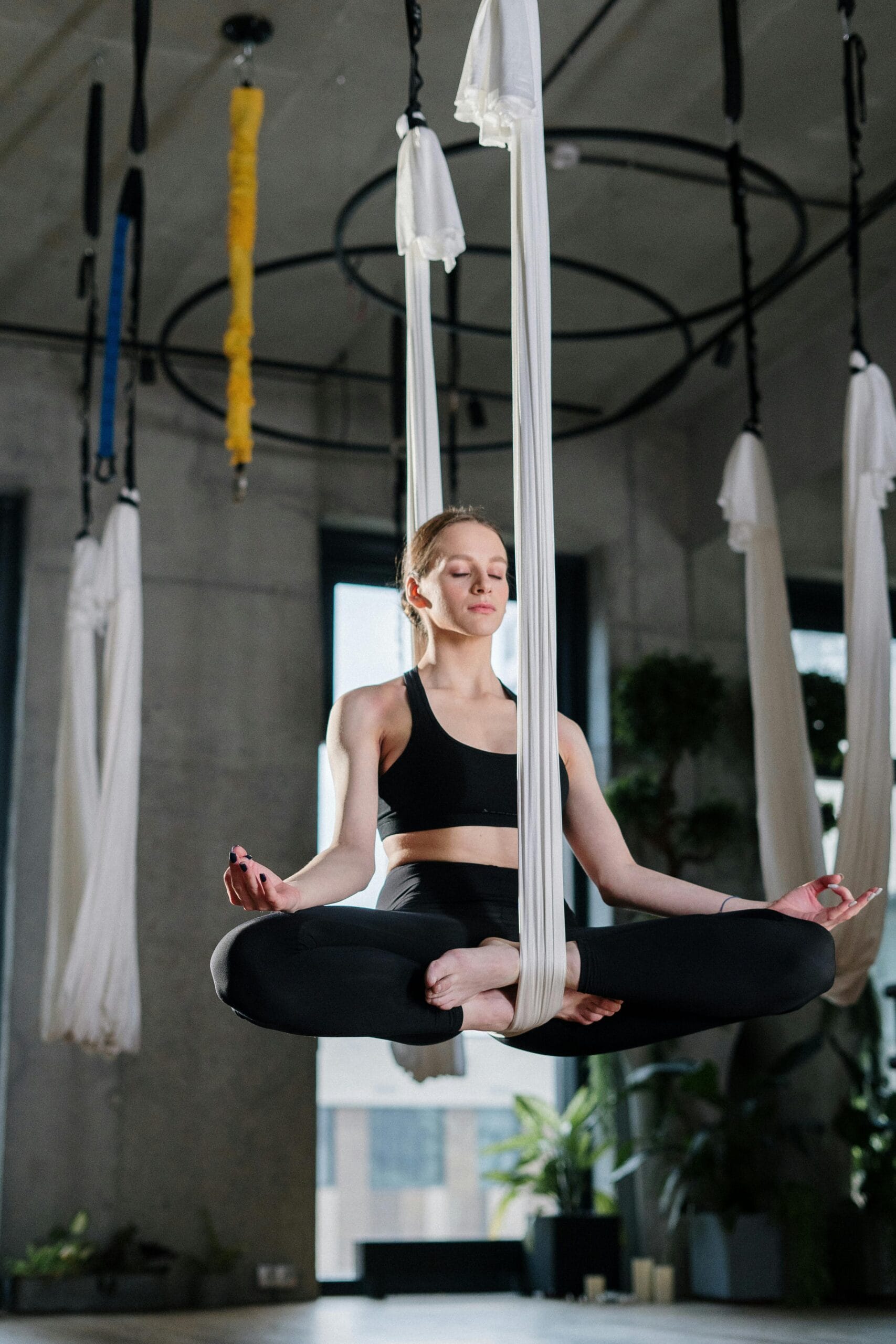
- In Your 30s: Build stability for tasks like carrying groceries, climbing stairs, or playing with young kids. Start with single-leg exercises to strengthen stabilizer muscles.
- In Your 40s and 50s: Maintain the ability to balance and move smoothly in more complex tasks, like walking on uneven terrain or managing heavy loads.
- Over 60: Improve reaction times and posture to reduce fall risks, ensuring continued independence in everyday activities.
By targeting stabilizer muscles and improving proprioception, these exercises ensure your movements remain smooth and safe across decades.
2. Sports and Performance Longevity
For athletes or recreational sports enthusiasts, balance and coordination provide a competitive edge:
- In Your 30s and 40s: Enhance agility and speed with ladder drills or Bosu ball workouts, improving performance in tennis, running, or team sports.
- In Your 50s and Beyond: Maintain precision and control for activities like golf, yoga, or hiking, where balance and fluid movements are key.
These exercises help you stay active and competitive while reducing injury risks, and supporting long-term participation in the activities you love.
3. Supporting Longevity Through Confidence and Independence
Instead of focusing solely on fall prevention for older adults, think of balance training as empowering independence and movement quality at all ages:
- In Your 30s and 40s: Boost confidence in your ability to react quickly and navigate challenging environments, such as hiking or cycling.
- In Your 50s and 60s: Maintain self-reliance by reinforcing strength, stability, and cognitive sharpness.
- In Your 70s and Beyond: Stay active in social and physical activities, from gardening to group fitness classes, ensuring you age with grace and mobility.
A Sample Longevity Training Plan for Strength, Balance, Coordination, and Cardio
Incorporating balance and coordination exercises into your longevity exercise routine doesn’t have to be overly complicated, or more time consuming. I often tell people that keeping it simple and consistent is the key to making your longevity training effective.
Here’s how you can get started, and the tools and techniques I rely on in my own longevity training:
1. Sample 3-Day Longevity Exercise Plan
This plan is perfect for beginners and focuses on integrating balance, strength, and cardio into a well-rounded routine:
- Day 1:
- Strength: Bodyweight squats (3 sets of 12) and push-ups (3 sets of 10).
- Balance: Single-leg stands (30 seconds per leg, 3 sets).
- Cardio: Brisk walk or jog for 20 minutes.
- Day 2:
- Strength: Deadlifts with light weights (3 sets of 10).
- Balance: Stability ball planks (3 sets, 20-second holds).
- Cardio: Jump rope intervals (1 minute on, 1 minute off, 5 rounds).
- Day 3:
- Strength: Dumbbell lunges (3 sets of 8 per leg).
- Balance: Bosu ball squats (3 sets of 10).
- Cardio: Dance workout or martial arts for 30 minutes.
This simple plan is a great way to start building a solid foundation for longevity training while improving balance, strength, and endurance.
2. My Favorite Tools for Longevity Training
I always recommend starting with a few affordable, versatile tools to make incorporating balance and coordination exercises into your longevity training routine easier and more effective:

- Yoga Mat: A go-to for planks, stretches, and foundational yoga poses like Tree Pose.
- Bosu Ball: Great for adding instability to traditional exercises, helping to activate stabilizer muscles.
- Resistance Bands: Perfect for low-impact strength training that also improves joint stability.
- Agility Ladder: A fun way to improve coordination and reaction time while adding a cardio element.
These tools are compact, easy to use, and ideal for integrating balance training into any space.
3. Tracking Progress
Monitoring your progress keeps you motivated and ensures you’re improving:
- Keep a Fitness Journal: Record the exercises, reps, and time for each session.
- Set Measurable Goals: For example, increasing your single-leg stand time or mastering a more advanced yoga pose.
- Assess Balance Improvements: Test stability by performing movements on uneven surfaces or advancing to more complex exercises.
So, What Are the Best Longevity Training Routines and Exercises?
Longevity isn’t just about adding years to your life—it’s about thriving physically, mentally, and emotionally at every stage. Coordination and balance training are vital longevity exercises to unlocking both performance longevity and cognitive longevity, helping you stay strong, sharp, and confident for decades to come.
Whether you’re building a solid foundation in your 30s, maintaining peak performance in your 50s, or prioritizing independence in your 70s, these exercises ensure you move better, think clearer, and age gracefully.
Are you ready to take your longevity to the next level?
Do you want a longevity exercise routine that helps you feel stronger, stay energized, and perform at the top of your game—physically and mentally?
Learn More About Cognitive Longevity and Performance Longevity
For high achievers, longevity means little without cognitive longevity. That’s why we focus on helping you unleash your full potential—not just to feel younger or stronger than your peers, but to stay sharp, energized, and ahead of the curve for decades.
🧠 One key player in brain health that often gets overlooked? Vitamin D.
It’s not just about bones—research shows it can reduce inflammation and protect your brain from cognitive decline.
Read the full breakdown: Vitamin D and Cognitive Aging – 5 Steps to Protect Your Brain.
Want more help to build a sharper, stronger, more energized future?
FAQs
What is the best form of training for longevity?
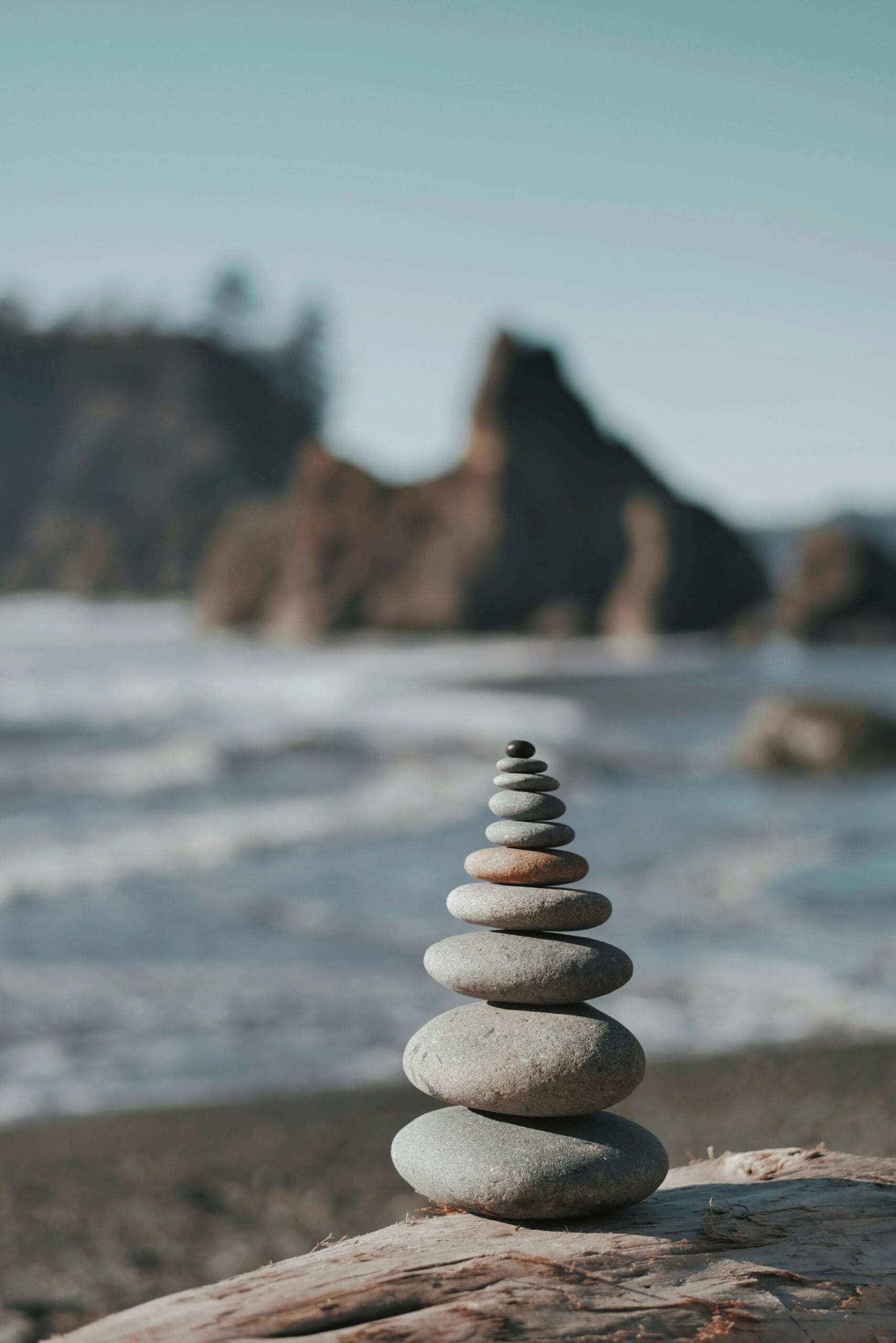
The best form of training for longevity combines strength, cardio, and balance exercises. Each type plays a role: strength combats muscle loss, cardio supports heart health, and balance improves stability to prevent falls as you age. Incorporating all three ensures long-term mobility, cognitive health, and resilience.
What is the ideal routine for longevity?
An ideal longevity workout routine includes:
Cardio (2–3 times/week): Walking, cycling, or swimming for 20–30 minutes.
Strength training (2 times/week): Squats, deadlifts, push-ups, or rows (8–12 reps, 2–3 sets).
Balance and coordination (2 times/week): Single-leg stands, Bosu ball exercises, or yoga.
Consistency in these exercises promote lifelong physical and cognitive health.
What is better for longevity, cardio or weights?
Both are essential for longevity, but if I could only choose one, I’d choose strength training, without a doubt. It builds and preserves muscle, improves bone density, and even supports some cardiovascular fitness. Without it, muscle loss (sarcopenia) accelerates with age.
Cardio, however, is important for heart health, endurance, and metabolic function. While it’s invaluable, excessive cardio—especially without proper nutrition, and without accompanying strength training—can contributeto muscle loss.
What is the best exercise to reverse your age?
Balance and coordination exercises, like single-leg stands and Bosu ball squats, are among the best for reversing age-related declines. These exercises improve stability, cognitive health, and reaction time, helping you stay sharp and mobile as you age.
What exercises slow aging?
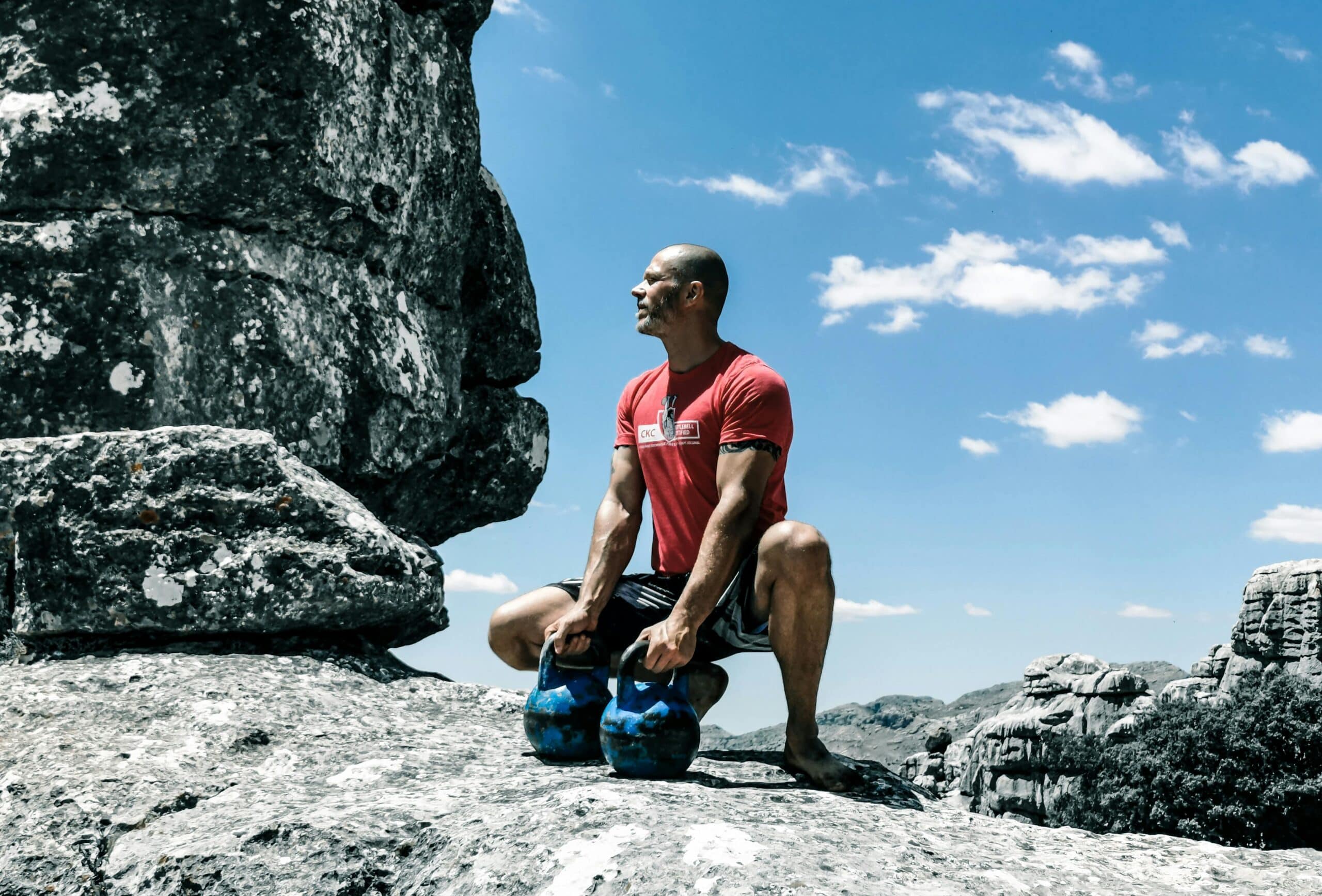
Moderate amounts of all exercise modalities—cardio, strength, balance, coordination, and power training—can slow aging. Power training (e.g., explosive squats or kettlebell swings) is especially effective for maintaining muscle function and reaction time as you age. Combining these modalities enhances mobility, strength, and cognitive longevity.
What are three exercises you should prioritize as you age according to experts?
Experts recommend:
Squats: Build lower body strength and functional mobility.
Single-Leg Stands: Improve balance and help prevent falls.
Kettlebell Swings: Combine power, strength, and cardio for versatility.
Other excellent additions include Single-Leg RDLs for balance and hamstring strength, and Deadlifts for full-body strength and posture.
What is the healthiest exercise for longevity?
There’s no single “healthiest” exercise, but kettlebell training stands out for its versatility. It combines strength, cardio, and power in one tool, improving both physical and cognitive longevity. The best exercise is one you enjoy, do consistently, and that addresses multiple training modalities.
What is the best physical activity for a long life?
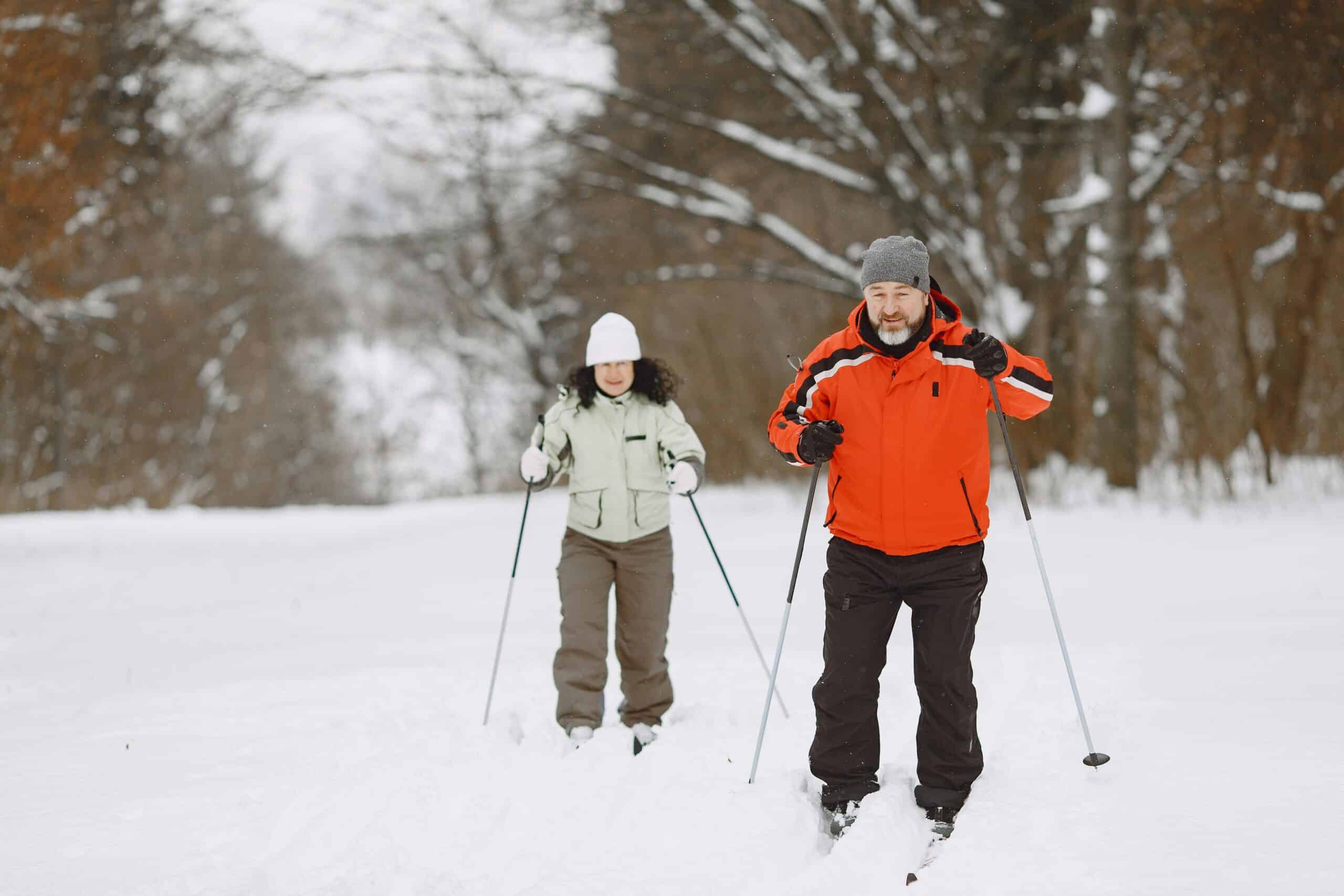
There’s no universal answer, but the best activities prioritize safety and low impact. Examples include:
Cross-Country Skiing: Engages the whole body but requires some skill.
Brisk Walking: Accessible and effective for heart health and mobility.
Swimming: Excellent for joints and cardiovascular fitness but requires access to a pool.
Choose activities that suit your preferences and environment to ensure consistency.
Which sport extends your life the most?
Sports that blend cardio, strength, and coordination are the best for longevity. Cross-country skiing stands out for engaging the entire body while being low impact, promoting both cardiovascular and muscular health.
Activities like tennis add the bonus of social engagement to support emotional well-being.
Do fit people age slower?
Yes, fitness slows many aspects of aging. Regular exercise maintains muscle mass, bone density, and cardiovascular health, all of which decline with age. It also boosts collagen production, improving skin elasticity and slowing visible signs of aging.
Fit individuals experience slower cognitive decline, enhanced mitochondrial function, and overall better resilience. This contributes to a healthier, more active, and youthful aging process.
References
- Rogge AK, et al., Balance training improves memory and spatial cognition in healthy adults. Sci Rep. 2017 Jul 18;7(1):5661. doi: 10.1038/s41598-017-06071-9. Erratum in: Sci Rep. 2018 Nov 22;8(1):17434. doi: 10.1038/s41598-018-35957-5. PMID: 28720898; PMCID: PMC5515881.
- Rogge AK, et al., Exercise-induced neuroplasticity: Balance training increases cortical thickness in visual and vestibular cortical regions. Neuroimage. 2018 Oct 1;179:471-479. doi: 10.1016/j.neuroimage.2018.06.065. Epub 2018 Jun 26. PMID: 29959048.
- Eriksson, P., et al. Neurogenesis in the adult human hippocampus. Nat Med 4, 1313–1317 (1998). https://doi.org/10.1038/3305
- Gholami M, et al., Effects of balance training on cognitive function and activities of daily living in older adult patients with heart failure: a randomized controlled trial. Ir J Med Sci. 2024 Feb;193(1):111-121. doi: 10.1007/s11845-023-03436-0. Epub 2023 Jun 26. PMID: 37365444.
- Xu L, et al., The Effects of Exercise for Cognitive Function in Older Adults: A Systematic Review and Meta-Analysis of Randomized Controlled Trials. Int J Environ Res Public Health. 2023 Jan 7;20(2):1088. doi: 10.3390/ijerph20021088. PMID: 36673844; PMCID: PMC9858649.
- Yang X, et al., Hyperinsulinemia-induced microglial mitochondrial dynamic and metabolic alterations lead to neuroinflammation in vivo and in vitro. Front Neurosci. 2022 Nov 16;16:1036872. doi: 10.3389/fnins.2022.1036872. PMID: 36466168; PMCID: PMC9709447
- Susanne Janette Oudbier, et al, Pathophysiological Mechanisms Explaining the Association Between Low Skeletal Muscle Mass and Cognitive Function, The Journals of Gerontology: Series A, Volume 77, Issue 10, October 2022, Pages 1959–1968, https://doi.org/10.1093/gerona/glac121
- Basso JC, Shang A, Elman M, Karmouta R, Suzuki WA. Acute Exercise Improves Prefrontal Cortex but not Hippocampal Function in Healthy Adults. Journal of the International Neuropsychological Society. 2015;21(10):791-801. doi:10.1017/S135561771500106X

